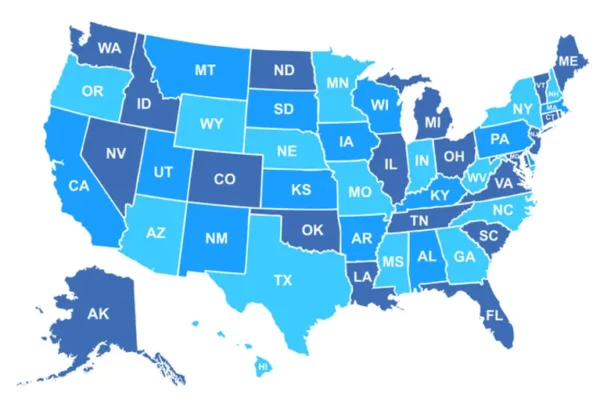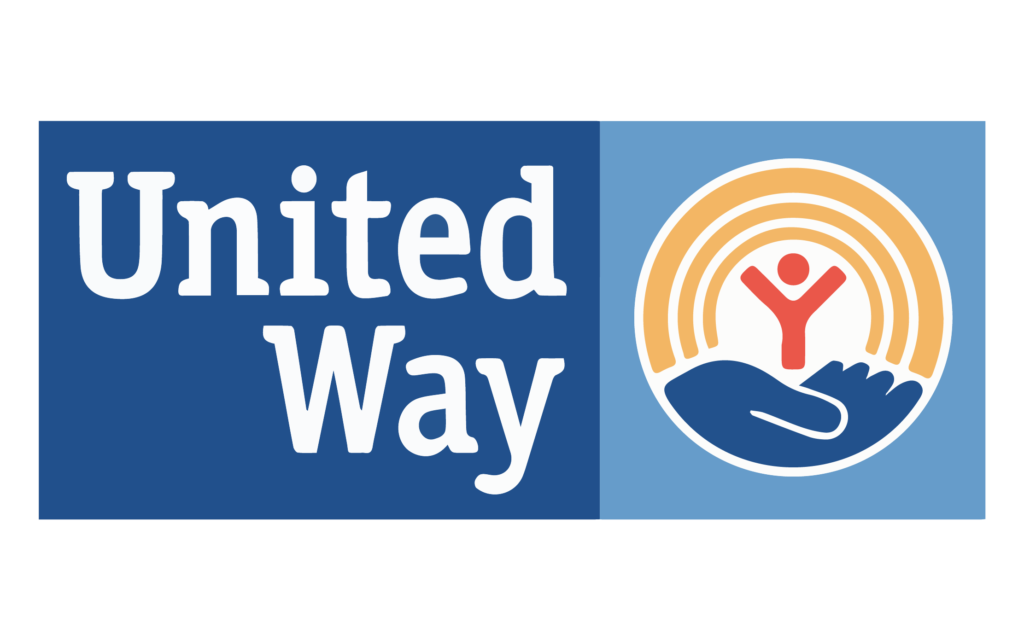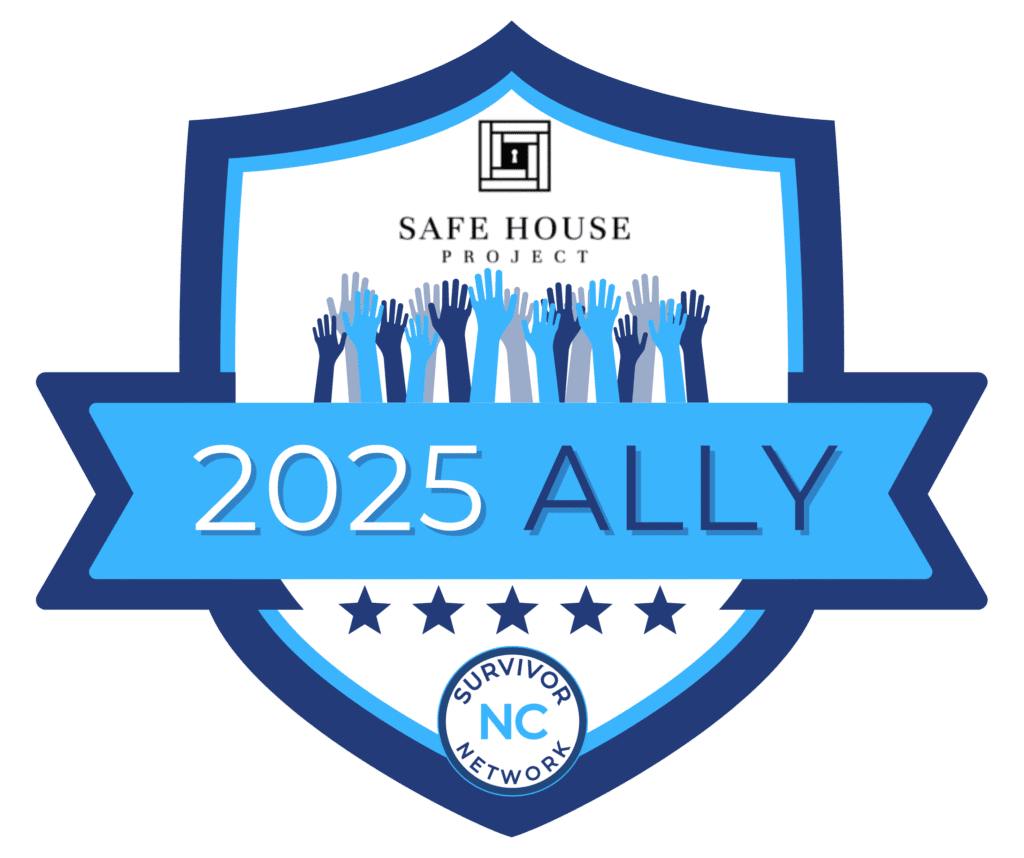The public perception of human trafficking often includes dramatic kidnappings, strangers lurking on dark street corners, or people smuggled across national borders. In reality, the vast majority of human trafficking, including child sex trafficking, in the United States begins in familiar places like schools, neighborhoods, or online spaces. It often involves people the child already knows or trusts. Understanding what human trafficking is, what it is not, and how parents and communities can stay vigilant are the first steps to protecting children from this crime.
What Increases a Child’s Risk of Being Trafficked?
Any child can be at risk of trafficking, but some factors significantly increase vulnerability to being targeted, such as:
- Living in an unstable home environment, like those affected by neglect, addiction, frequent conflict or change, poverty, or homelessness
- Experiencing emotional, physical, or sexual abuse
- Feeling socially isolated, disconnected from peers, or unable to seek support from adults
- Lacking access to consistent emotional support or supervision
- Spending large amounts of time online without adult guidance
- Identifying as part of the LGBTQ+ community
- Spending time in foster care or the juvenile justice system
- Having cognitive or physical disabilities
These vulnerabilities are not always easy to see, and a child may appear to be doing well on the outside while struggling internally. Many trafficked children continue to attend school and extracurricular activities while being exploited.
What Does Trafficking Look Like?
Most human traffickers take advantage of these existing vulnerabilities to gain control over their victims, rather than physical force or abduction. In fact, kidnapping cases make up a very small number of the total human trafficking cases in the U.S. each year, especially in child sex trafficking cases. Traffickers are far more likely to be a family member, romantic partner, authority figure, or another trusted person in the child’s life.
Instead, traffickers commonly use tactics like emotional manipulation and psychological abuse to isolate their victims from their support systems and create dependence on the trafficker for approval, affection, and other emotional needs. A cycle of abuse and affection creates trauma bonds, which can make it incredibly difficult for the victim to recognize what is happening to them and seek help.
Traffickers may use the following strategies to connect with and exploit children:
- Grooming is a process by which a trafficker builds an escalating relationship with a potential victim to manipulate and exploit them. It often involves gaining a child’s trust, identifying and meeting a specific emotional or material need, and gradually introducing control, secrecy, or abuse. Other manipulation tactics like guilt-tripping and gaslighting are often used during the grooming process to make the victim doubt their experience and hesitate to tell someone. Grooming can happen in person or online, and may include flattery, love-bombing, extravagant gifts, attention, promises of safety, or meeting basic needs like food or shelter. Over time, the trafficker will use this emotional relationship and dependence to isolate the child and introduce sexual exploitation.
- Online relationships are an increasingly common method that child traffickers use to build relationships with children. Traffickers may pose as another child or a young adult to gain the child’s trust, often through shared interests, flattery, and emotional support. Once a relationship is formed, they use manipulation, secrecy, and coercion to pressure the child into sending explicit pictures or meeting in person. Some traffickers exploit children entirely online through threats, sextortion, or blackmail, while others arrange meetings to begin in-person abuse or exploitation. These tactics target a child’s need for connection and are often hidden through fear and shame.
- Coercion & isolation are often used by traffickers to maintain control over their victims and prevent them from seeking help. They may use threats, emotional manipulation, or addiction to create fear and dependence. Younger children might be told not to trust their parents or warned that their loved ones will be hurt if they speak out. Older children and teens are often manipulated through romantic interest, blackmail involving explicit images, or the introduction of drugs and alcohol. Traffickers may also control their victims’ access to food, housing, or money, using these basic needs as leverage.
How Can I Keep My Child Safe?
Children are most at risk of being targeted by human traffickers when they have a limited support system and little adult supervision. By taking steps to understand what trafficking is and how your child might be vulnerable, you are already well on your way to protecting your child. Continuing to build trust, fostering open communication, and teaching your child how to recognize unsafe people and situations is a powerful next step. Trafficking is preventable, and you are your child’s first and most important line of defense.
Talk Openly & Start Early
Having ongoing, age-appropriate conversations with your child can reduce their risk of being targeted by a trafficker. From a young age, teach your child about body safety, consent, boundaries, and what healthy relationships look like. Let them know that no topic is off-limits and that they can talk to you or another trusted adult about anything, even if it feels scary or uncomfortable.
- Ages 3-5: Teach your child the correct names for their body parts and explain the difference between safe and unsafe touch. Simple illustrations like the “swimsuit rule”, in which no one should be allowed to touch or ask the child to touch areas covered by a swimsuit, can be helpful for children to understand physical boundaries without sexual context. Make sure to point out other safe adults in the child’s life, since traffickers often tell their victims not to say anything to their parents.
- Ages 6-9: Reinforce the importance of their own and others’ personal boundaries. Teach your child the difference between fun surprises and unsafe secrets to help them recognize when to ask for help. Continue building their network of safe adults as they enter school and other activities, and make sure they know that it’s okay to talk to these adults in an emergency or when they are afraid or uncomfortable.
- Ages 10-13: Begin having open, honest conversations about sex, consent, and body autonomy as your child enters pre-adolescence. Encouraging your child to ask questions can help remove the discomfort children feel about sex and establish open channels of communication if they need them later. Talk about the risks of pornography, sexting, and online grooming. Discuss where and how traffickers might approach them, both online and in person. Set digital safety guidelines together and ensure that their devices include contact information for trusted adults.
- Ages 14-18: As your child gains independence, focus on helping them develop a strong sense of identity, self-worth, and decision-making skills. Encourage them to reflect on their relationships and online interactions, and continue having intentional conversations about boundaries, consent, and staying safe. Make sure your child knows that they can continue relying on you if they feel uncomfortable or unsafe as they enter adulthood.
For additional tips and guidance on protecting your children, download Safe House Project’s OnWatch: Protecting Our Children guide.
Be Aware of Online Activity
The internet is one of the most common tools that traffickers use to reach children. Social media, gaming platforms, and messaging apps allow traffickers to start conversations, build trust, and groom children, often without the knowledge of parents or guardians.
Talk to your child regularly about what is and isn’t appropriate to share online. Discuss the dangers of sexting, sextortion, and talking to strangers. Encourage them to tell a trusted adult if someone online is asking personal questions, sharing explicit content, or trying to meet in person.
Use monitoring tools and parental controls when appropriate, but focus on building trust with your child first. Imposing tools that children view as restrictive or invasive may push them to engage in more unsafe digital activity, so make sure to have collaborative conversations with your child about why monitoring is needed. Invite your child to participate in setting healthy boundaries for themself online. Keeping devices in shared family spaces and maintaining an open-door policy for digital conversations can help prevent secrecy.
For more tools and tips for safe online activity, explore Safe House Project’s Online Safety Guide.
Know the Warning Signs
Many children who are being trafficked do not show obvious signs, but there are common red flags that could indicate a problem:
- Unexplained absences from school or activities
- Running away or frequently sneaking out
- Older, controlling “friends” or romantic partners
- New or expensive items that they cannot explain
- Withdrawal, anxiety, or sudden personality changes
- Physical injuries, substance use, or overly sexualized behavior for their age
If something feels wrong, trust your instincts. Open a careful conversation, make sure they know that they can come back to talk to you, and seek help from professionals if needed.
Be Proactive
The most powerful protective factor for any child is a strong, trusting relationship with a safe adult. Traffickers often prey on isolation, so building emotional connection can significantly reduce a child’s vulnerability. Make time to engage in your child’s world by asking questions, staying involved, and being present.
Communities play an essential part in protecting children as well. Learn how to recognize and report trafficking through Safe House Project’s free OnWatch Training. Share prevention resources with schools, youth groups, and parent networks, and advocate for trafficking awareness and survivor support programs.
If you ever suspect that a child might be at-risk or in danger, it is always a good idea to report it. Contact your local law enforcement or child protective services, or use Safe House Project’s Simply Report app to submit a tip.







